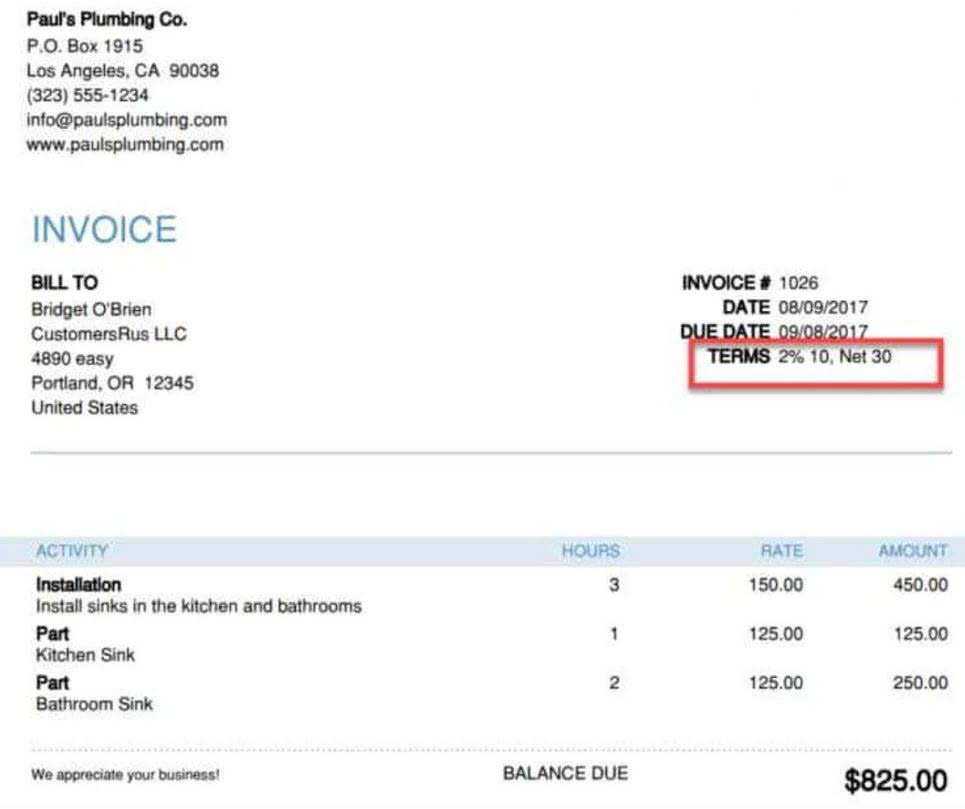
Adjusted EBITDA takes your calculation a step further by removing any one-time or non-recurring expenses that affect your bottom line. This will show you the profitability of your business without any of these one-time expenses, a better representation of your day-to-day operations. Working capital trends are an important consideration in determining how much cash a company is generating. If investors don’t include working capital changes in their analysis and rely solely on EBITDA, they can miss clues—for example, difficulties with receivables collection—that may impair cash flow. By excluding tax liabilities, investors can use EBT to evaluate performance after eliminating a variable typically not within the company’s control.
Gross Profit
The core of your bookkeeping consists of noting down every sale that your company makes. This includes operation, non-operation, continuing operations and non-continuing operations. The reason why a company uses EBITDA is a crucial indicator of whether it’s using the formula in good faith. Startups, especially those that require heavy upfront investment to realize future growth, are likely to use EBITDA for good reasons. EBITDA is also effective for comparing a business against competitors, industry trends and macroeconomic trends.
How well the business runs, stripped to the basics
For investors, EBITDA is a great way to understand a company’s operational profitability and make more informed decisions with their money. A rough measure of profitability is calculated by adding back depreciation and amortization ebitda meaning in accounting to EBIT. Removing them can overstate profitability and fail to accurately reflect the cash flow that is available to stakeholders. Understanding the nuances of each metric and how they relate to a company’s operational, financial, and industry context is key to making informed investment decisions. In conclusion, while EBT, EBIT, and EBITDA are powerful tools for evaluating a company’s financial performance, investors should use them judiciously and with a broader analysis. Thus, while EBT helps us analyze operational efficiency, we should use it with the company’s debt and interest expenses to understand the full picture.

Industries
- The EV/EBITDA multiple is calculated by dividing a company’s enterprise value by its EBITDA, and as a result, it measures the relationship between a company’s total value and its operating performance.
- With this formula, you can project a company’s long-term profitability and gauge its ability to repay future financing.
- Acquisition companies often focus on the income and cash generation potential of acquisition targets.
- Profitability is earnings generated throughout the ordinary course of doing business.
- If you’re ready for a deep dive into your company’s growth story, request a demo of Mosaic today.
It helps analysts and investors compare profitability between companies, especially when firms have different capital structures. Additionally, EBITDA is often used in mergers and acquisitions to assess the value and potential synergies of a target company. EBITDA is a valuable piece of the financial puzzle but should not be viewed in isolation.
- EBITDA focuses on operational profitability by excluding interest, taxes, depreciation, and amortisation, providing a clearer view of core business performance.
- The depreciation expense is based on a portion of the company’s tangible fixed assets deteriorating over time.
- Mosaic’s Metric Builder syncs with your ERP, HRIS, CRM, billing systems, and data warehouses so you can build customized calculations for EBITDA and any other metric you can think of.
- Always deal in good faith and use EBITDA and other financial metrics as intended, rather than as tools to make your business appear healthier than it truly is.
- EBITDA measures the overall financial performance of a company, specifically the profitability.
- The company recorded net sales of $159.5 billion and operating income of $21.5 billion.
- This gives a clearer picture of a business’s true operating profitability – without being clouded by tax rules, loan costs, or accounting methods.
For example, let’s say Company A has an EBITDA of $500,000 along with a total revenue of $5 million. My Accounting Course is a world-class educational resource developed by experts to simplify accounting, finance, & investment analysis topics, so students and professionals can learn and propel their how is sales tax calculated careers. A relatively high EBITDA likely reflects management’s ability to drive profitability, which tends to promote share price growth. However, EBITDA alone does not provide enough information to make an investment decision. Other factors, such as dividends, P/E ratio, EPS, and more must also be considered.


The EV/EBITDA multiple is useful when comparing the performance of one company to the others in its industry. When compared to another company in the same industry, the business with the lower multiple is likely undervalued while the company with the higher multiple is likely overvalued. There are several other calculations that use EBITDA, including adjusted EBITDA, the EBITDA/EV multiple, and the debt-to-EBITDA ratio. In this calculation, you can see that the EBITDA differs slightly from what’s above. This is because net income includes “net other (income) / expenses.” This number represents the difference between the EBITDA figure in both calculations. Consider, for example, a mining company that requires the heavy use of property, plant, and equipment (PP&E).
Our guide explores how to form an LLC in Tennessee to protect business and personal finances. This guide breaks down how to track spending clearly, keep your workflows clean, and give finance the control it needs without slowing the business down. Wise is not a bank, but a Money Services Business (MSB) provider and a smart alternative to banks. The Wise Business account is designed with international business in mind, and makes it easy to send, hold, and manage business funds in 40+ currencies.

EBITDA is quick and simple to calculate, lets you easily compare companies, and is universally known in finance. You can assess this via metrics such as Debt / EBITDA and EBITDA / Interest, which are used in debt vs. equity analysis. EBITDA is more https://www.bookstime.com/articles/estimated-tax than just a fancy acronym, it’s a shortcut to understanding how healthy your business is at its core. EBITDA gives you a clean, high-level look at operational performance with no distractions. It can help you manage bill pay, track vendor payments, and maintain cash flow.